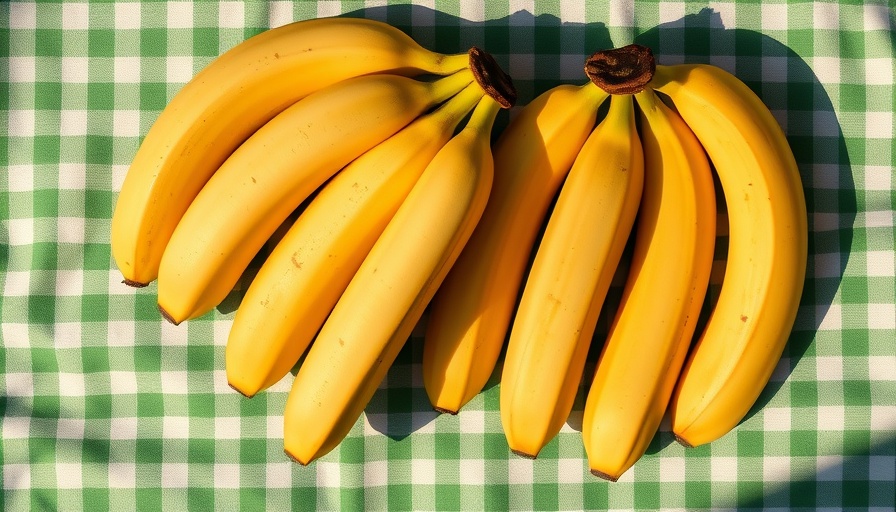
Could Potassium Be the Secret Ingredient to a Healthier Heart?
Emerging research continues to reveal the significant role potassium plays in regulating blood pressure, suggesting it could be more effective than previously assumed dietary adjustments, such as reducing sodium intake. With nearly 120 million Americans suffering from high blood pressure—a condition linked to severe health risks like heart attacks and strokes—exploring dietary solutions becomes ever more essential. The latest findings emphasize that increasing potassium could lower blood pressure up to three times as effectively as cutting back on sodium.
Potassium: The Powerful Mineral Found in Everyday Foods
Potassium—an essential mineral found abundantly in foods such as bananas and leafy greens—is gaining recognition for its potential health benefits. As described by nutrition experts, potassium helps balance sodium levels, creating a harmonious environment for healthy blood pressure. When sodium intake is high, the body retains more water, which can lead to elevated blood pressure. However, with adequate potassium in your system, sodium's adverse effects can be moderated. This could give people with high blood pressure a valuable dietary tool to explore, especially when combined with other prescribed treatments.
Talk to Your Doctor: Personalized Dietary Changes Are Key
It’s advisable, however, that individuals consider consulting with their healthcare providers before making significant dietary changes. Dr. Andrew Chang, an expert in cardiovascular health, emphasizes that while potassium is generally safe, people with kidney issues or those on specific medications need to approach this mineral cautiously. Individual health conditions can affect how the body processes potassium, underscoring the need for personalized diets.
Empowering Healthy Choices Through Nutrition Education
Promoting potassium-rich foods can be part of broader wellness programs aimed at chronic disease prevention. Nutrition education should empower individuals to make informed choices about their diets as part of a holistic approach to health. Alongside a balanced intake of essential nutrients, fostering a health-conscious lifestyle—including regular physical activity and stress management—can create a robust foundation for improved health outcomes.
As we advance in our understanding of nutrition’s role in maintaining and improving health, it’s exciting to think about the potential benefits of simple food choices. Consider adding more potassium-rich foods to your diet, but always remember to seek professional guidance tailored to your personal health journey. Doing so can lead to a more vibrant and proactive approach to your well-being.
 Add Row
Add Row  Add
Add 




Write A Comment